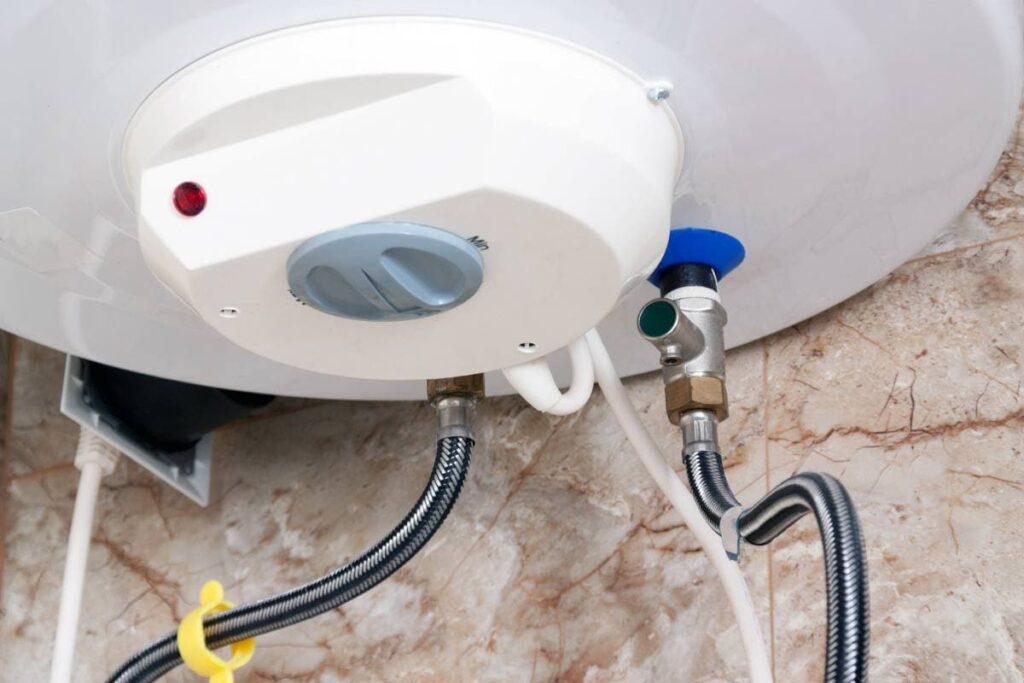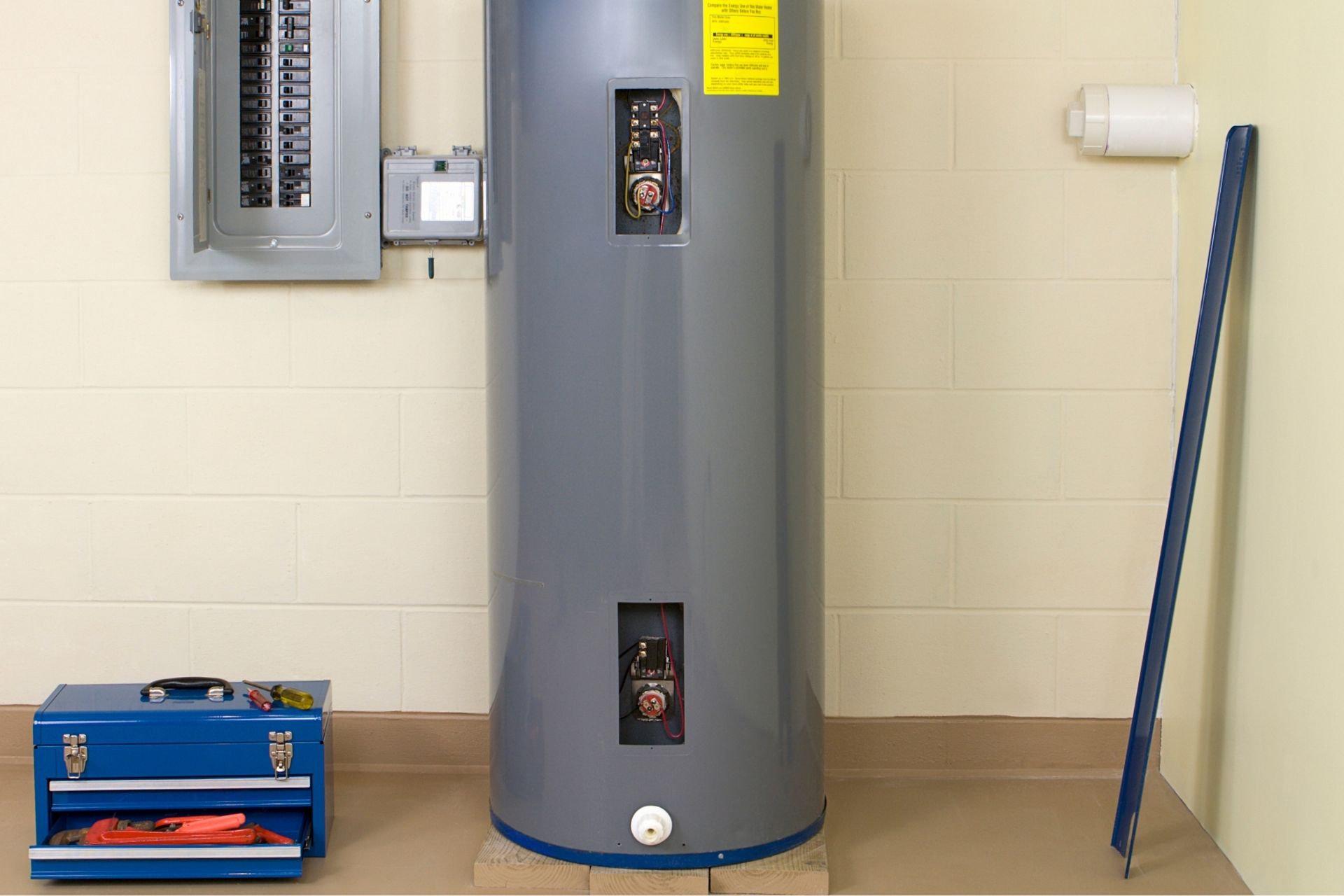Here on the next paragraphs yow will discover a bunch of good quality news related to What Kind of Maintenance Do Water Heaters Need?.

Hot water is necessary for everyday comfort, whether it's for a revitalizing shower or cleaning dishes. To ensure your hot water system runs efficiently and lasts much longer, regular upkeep is essential. This article provides useful suggestions and understandings on how to keep your home's hot water system to avoid disturbances and expensive fixings.
Intro
Maintaining your home's warm water system might seem overwhelming, however with a few straightforward steps, you can guarantee it operates smoothly for several years to come. This overview covers whatever from recognizing your hot water system to do it yourself maintenance ideas and knowing when to call professional help.
Relevance of Preserving Your Warm Water System
Routine upkeep not only extends the life expectancy of your warm water system but additionally ensures it runs efficiently. Disregarding upkeep can result in reduced efficiency, greater energy expenses, and even premature failure of the system.
Indications Your Hot Water System Demands Maintenance
Recognizing when your hot water system requires attention can prevent major concerns. Watch out for indicators such as inconsistent water temperature, weird noises from the heating system, or rusty water.
Comprehending Your Warm Water System
Before diving right into upkeep tasks, it's valuable to recognize the basic components of your warm water system. Generally, this consists of the hot water heater itself, pipes, anode rods, and temperature level controls.
Month-to-month Maintenance Tasks
Routine month-to-month checks can help catch small concerns before they intensify.
Purging the Hot Water Heater
Flushing your hot water heater removes sediment build-up, boosting efficiency and extending its life.
Checking and Replacing Anode Rods
Anode poles protect against deterioration inside the container. Inspecting and replacing them when worn is critical.
Inspecting and Adjusting Temperature Setups
Adjusting the temperature setups makes certain optimum performance and safety.
DIY Tips for Maintenance
You can do numerous upkeep jobs yourself to keep your hot water system in leading problem.
Looking for Leakages
On a regular basis inspect pipes and connections for leakages, as these can lead to water damage and greater costs.
Examining Stress Alleviation Valves
Checking the stress safety valve guarantees it works properly and stops too much stress buildup.
Insulating Pipes
Insulating hot water pipes reduces warm loss and can conserve energy.
When to Call an Expert
While DIY maintenance is useful, some problems need professional knowledge.
Complex Concerns Calling For Professional Help
Examples consist of significant leakages, electric troubles, or if your hot water heater is continually underperforming.
Regular Expert Maintenance Benefits
Professional upkeep can consist of complete inspections, tune-ups, and making certain conformity with security requirements.
Conclusion
Normal upkeep of your home's hot water system is important for performance, durability, and cost financial savings. By adhering to these suggestions and knowing when to seek specialist assistance, you can guarantee a trustworthy supply of hot water without unanticipated interruptions.
Water Heater Maintenance: The Basics
Maintaining your water heater will ensure it operates efficiently and has a longer lifespan. Neglecting regular maintenance can lead to costly repairs and an even bigger chunk of your savings if you have to replace it sooner than necessary. But there’s good news: Most water heater maintenance tasks are relatively simple and easy for homeowners with basic DIY skills.
Flush the Water Heater
Over time, sediment and minerals can build up in the tank, reducing its efficiency and potentially causing damage. To flush the tank, turn off the power or gas supply, attach a hose to the drain valve near the bottom and open the valve to drain the water until it runs clear. Ideally, flush the tank annually.
Replace the Anode Rod
The anode rod is a sacrificial metal rod that helps prevent corrosion inside the tank. Inspect and replace it every three to five years or per the manufacturer's recommendation. To replace the anode rod, turn off the power or gas supply, drain a few gallons of water from the tank, unscrew the old rod and replace it with a new one. If the anode rod is significantly corroded or covered in calcium buildup, it's a sign the water heater may need to be replaced soon.
Tune-Up
A yearly tune-up can help identify potential issues and ensure your water heater operates at peak efficiency. This typically involves checking the thermostat, burner assembly (for gas heaters) and any other components specified by the manufacturer. During a tune-up, the technician may also clean the burner and adjust the pilot light (for gas heaters) or examine the heating elements (for electric heaters).
How to Maintain Your Water Heater
Insulate the tank. Insulating the tank can improve energy efficiency and reduce heat loss, saving you money on energy bills. You can purchase precut insulation blankets designed specifically for water heaters or use standard fiberglass insulation wrapped securely around the tank. Check the temperature. The recommended water temperature for most households is around 120 degrees Fahrenheit (49 degrees Celsius). Higher temperatures can increase energy costs and potentially cause scalding. Use a kitchen thermometer to check the temperature at the faucet nearest the water heater. Monitor water pressure. Excessive water pressure can strain the water heater and cause leaks or even tank failure. Install a pressure-reducing valve if necessary. The ideal water pressure range is between 60 and 70 PSI (pounds per square inch). Test the temperature and pressure (T&P) relief valve. The T&P relief valve is a safety feature that releases pressure if the tank gets too hot or the pressure builds up too high. Test it annually by lifting the lever and allowing a small amount of water to release. Replace the valve if it doesn't release water or reseal properly. Check for leaks. Regularly inspect the tank, pipes and fittings for leaks or corrosion. Deal with issues promptly to prevent further damage. Even a small leak can lead to significant water damage over time. Consider a tankless water heater. If your traditional tank-style water heater is nearing the end of its lifespan ( typically 10 years), consider replacing it with a tankless water heater. These units heat water on demand, reducing standby energy losses and potentially saving you money on your energy bills. Schedule professional maintenance. While homeowners can perform many water heater maintenance tasks, it's still a good idea to schedule professional maintenance every few years. A plumber or HVAC technician can thoroughly inspect the unit, identify potential issues and ensure it operates safely and efficiently. https://www.homeserve.com/en-us/blog/home-improvement/hot-water-heater-maintanence/

I'm very drawn to What Kind of Maintenance Do Water Heaters Need? and I hope you appreciated my blog entry. Sharing is nice. You never know, you may be doing someone a favor. Thank you for taking the time to read it.
Estimate